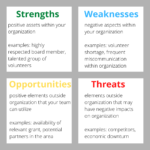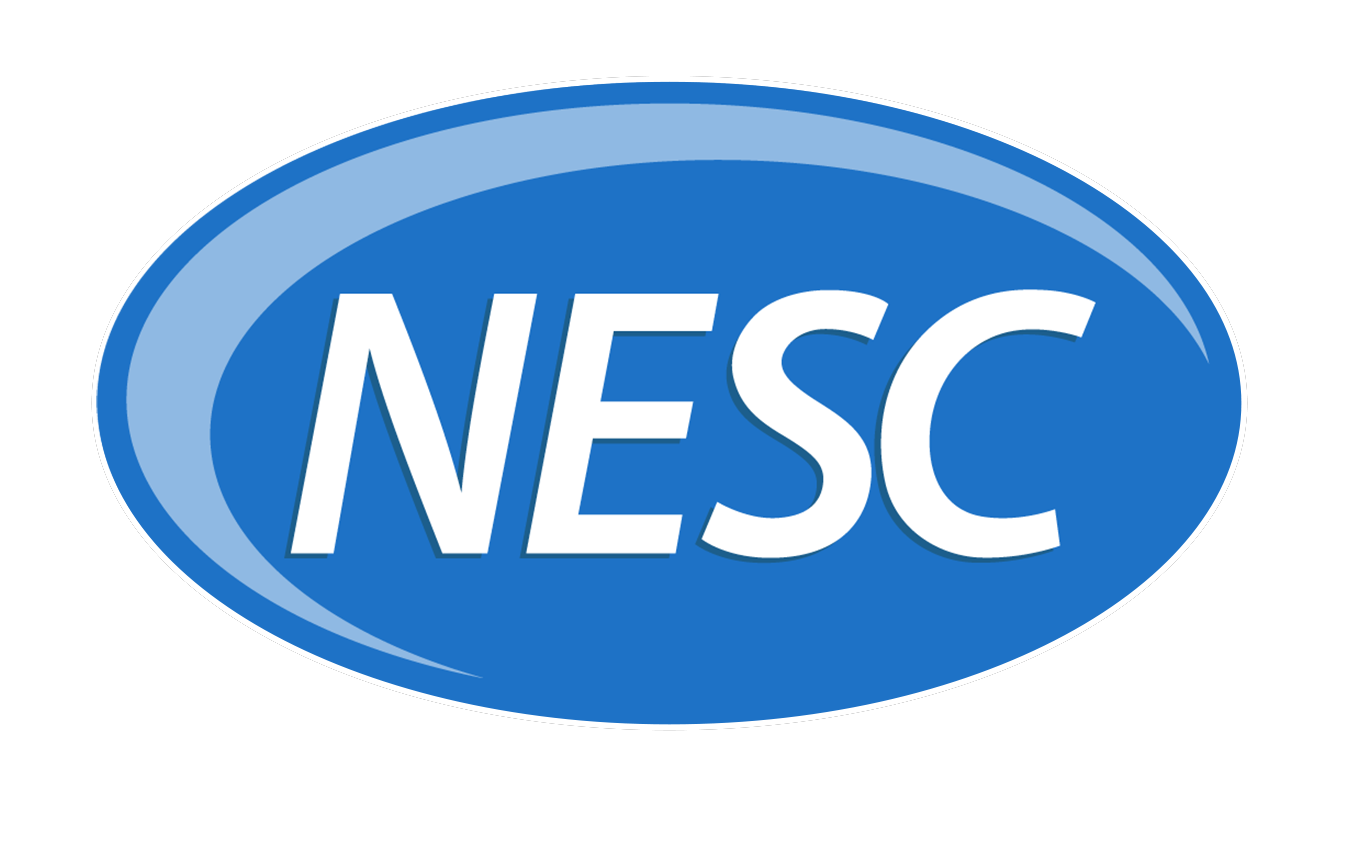While the nonprofit and for-profit sectors differ significantly, one thing they have in common is the importance of strategic planning. The National Council of Nonprofits defines strategic planning as the process that “identifies strategies that will best enable a nonprofit to advance its mission.” A strategic plan outlines the goals of an organization and how the organization will achieve those goals. The strategic plan is essentially a roadmap guiding both day-to-day and long-term operations.
Some argue against strategic planning because the work environment changes so quickly these days. However, if done correctly, strategic planning has many benefits to a nonprofit. The strategic plan unifies all members of the organization in a common mission and shared goals. It provides milestones to keep the Board of Directors and leadership on target and on task. When it comes time to seek funding, having a strategic plan adds credibility to your organization. Additionally, a strategic plan can help your community better understand what your organization does. Lastly, organizations with strategic plans are better equipped to respond to surprises.
Strategic planning can seem daunting at first, but NESC can make it a structured and guided process that guarantees your Board is fired up and able to take on this critical activity.
We start by conducting a SWOT analysis. It’s astonishing how quickly an organization can identify its vulnerabilities but recognizing your strengths and opportunities creates a path toward improving performance.

The next step is to choose the strategic planning model that best fits where your organization is and where your organization wants to be. The table below gives an overview of some of the common strategic planning models. NESC always starts with a situation analysis to identify the organization’s stated and actual needs.

Strategic plans are unique to each organization, but they all touch upon the same elements:
- Mission Statement: a clear description of why your organization exists
- The mission statement drives every part of the organization.
- Is your mission statement stale? Does it need to be revised? Or, is it simply not being fulfilled?
- Outline of goals, objectives, and activities:
- Your organization’s mission can be broken into different goals. For example, if your broad mission is to feed the hungry, your goals are to set up a food bank, develop donation schedules, and establish a volunteer program.
- Objectives are more concrete and measurable goals with deadlines. To achieve the goal of establishing a volunteer program, objectives include creating a recruitment plan, developing promotional materials, identifying target populations and venues for recruitment, establishing a database of volunteers and potential volunteers, identifying and training your recruiting staff and creating a plan with responsible parties and completion dates for each task.
- Activities are the continuous actions an organization takes to keep achieving its objectives and goals. To achieve the goal of setting up a food bank, an activity is identifying food donation sources and collecting food donations on a set schedule.
- Assessment of current resources: the goal of this section is to develop a realistic understanding of what your organization currently has (money, people, expertise, skills, and other intangibles). NESC’s situation analysis will help you identify your gaps and help you explain your needs to your Board.
- Strategic Analysis: practical ideas about how your organization will best use its resources to achieve your mission
- Your SWOT analysis, is the foundation of team strategizing. NESC understands how to help you maximize your positive assets and minimizing the gaps.
In the weeks following the finalizing of your strategic plan, many organizations find themselves highly motivated and enthusiastic about making the plan a reality. Unfortunately, many report that the initial burst of energy is quickly diminished by the day-to-day operating demands. What happened to that strategic plan? What went wrong in the implementation? Has the plan become another document sitting on the shelf while the organization continues as it was before they created this plan? To prevent your strategic plan from gathering dust, Forbes gives the following recommendations.
- Create a thorough implementation plan: Break each goal and objective into specific action items and assign the responsibility of these items to a person or department. Make sure to set deadlines for all the action items.
- Always keep the plan visible: Give all team members access to the plan in your organization’s shared drive or keep a copy posted in a common space of your office. Organize meetings around the progress your team makes towards the goals and objectives outlined in the strategic plan. Include this progress in annual reports and other communication documents.
- Assign someone to manage the implementation of the strategic plan: This person holds the organization accountable for staying on track according to the strategic plan and supports everyone in achieving their assigned goals and objectives. This responsible person can be an executive director, a member of your board, a project manager, or an administrative assistant.
NESC helps organizations understand the resources needed to implement each organization’s strategic plan. We work with your Board to ensure they resource your plan adequately and that it remains at the top of the agenda at every Board meeting. We help Boards to own the plan and become accountable so it does not become contentious between overworked operations; staff and leadership.
Strategic plans need to be living documents. Scheduling reassessment of your plan as you implement is critical to keeping things realistic and on target. The NonProfit Times recommends assessing your plan one year after implementation. They suggest distributing an anonymous assessment survey asking
- What goals have been achieved to date?
- What obstacles prevent us from further achieving our goals?
- Where have we not met performance expectations?
- What do you need to move forward?
- Who is resisting change?
Organizations should seek feedback from everyone. All staff need to review relevant documents and contribute realistic input about the status of achieving each goal. Once this information is compiled, leaders can share a summary with the whole organization. When there’s inclusion, your organization can adapt more quickly and make necessary changes to achieve your strategic plans. Don’t miss the opportunity to recognize and reward those who help executed the strategies in the plan. Great way to keep your team fired up!
If you or your organization need assistance in strategic planning, contact the National Executive Service Corps today!
Send us a message or give us a call!
